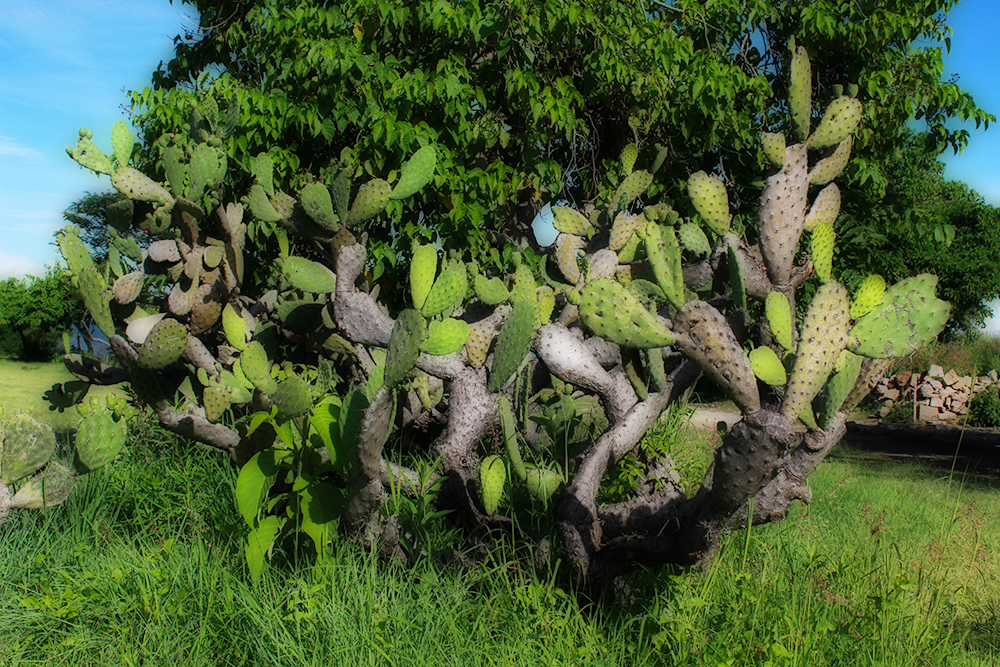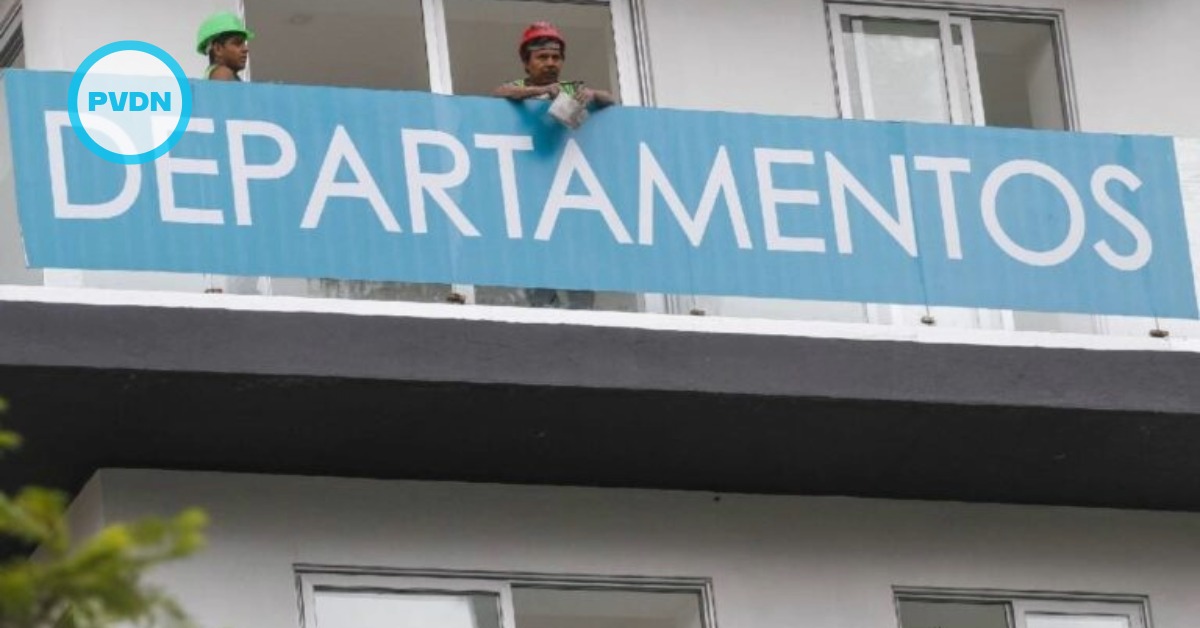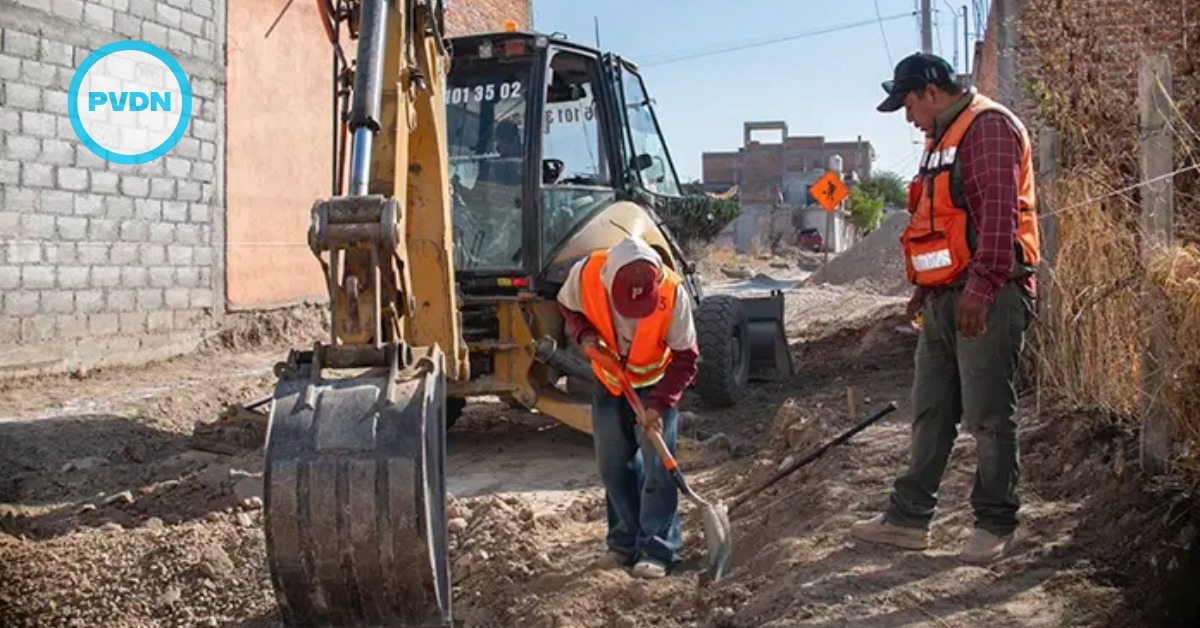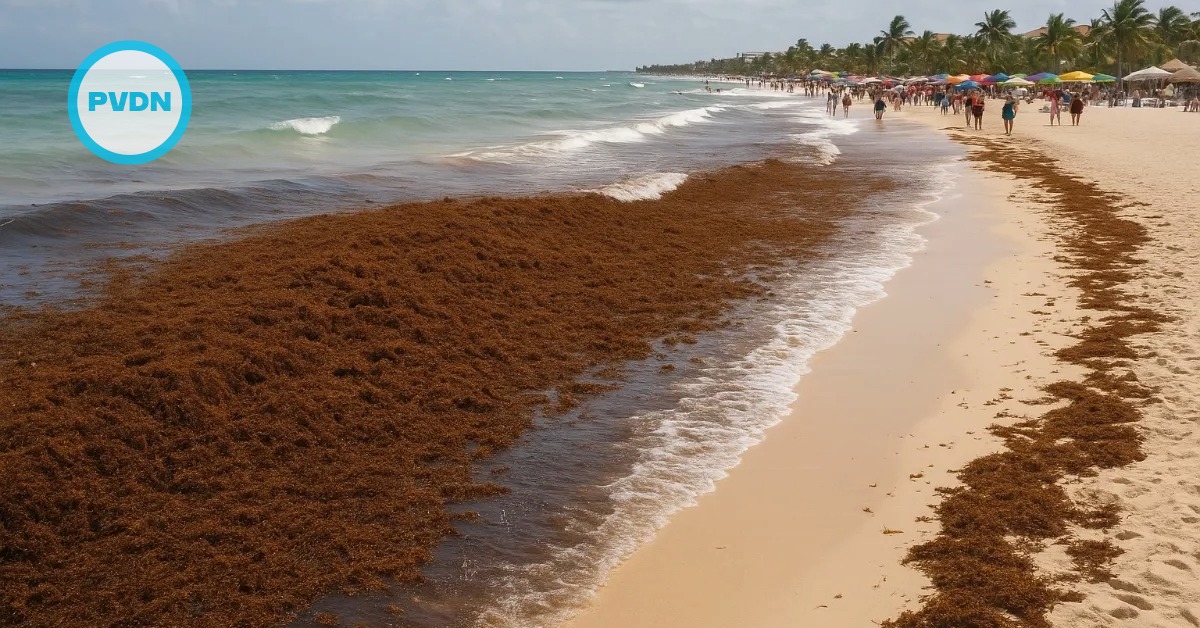About a third of the world's cactus species are threatened with extinction, the International Union for Conservation of Nature warns in a new report.
The study evaluated 1,478 species and determined that 31 percent are endangered due to factors such as the conversion of wilderness areas to farming and ranching, urban development and the harvest of cactus seeds and plants for trade and private collection.
"We show that cacti are among the most threatened taxonomic groups assessed to date ... demonstrating the . . .






